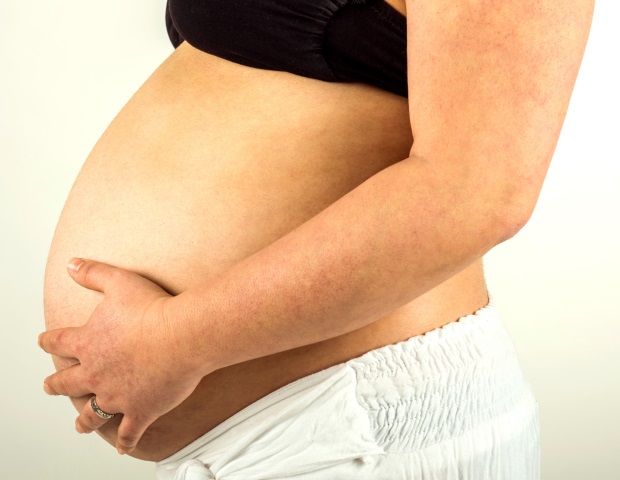Taking the sickle cell drug hydroxyurea during or shortly before pregnancy does not appear to cause specific issues in newborns, according to the first prospective study of pregnancies involving hydroxyurea exposure.
Since there…

Taking the sickle cell drug hydroxyurea during or shortly before pregnancy does not appear to cause specific issues in newborns, according to the first prospective study of pregnancies involving hydroxyurea exposure.
Since there…